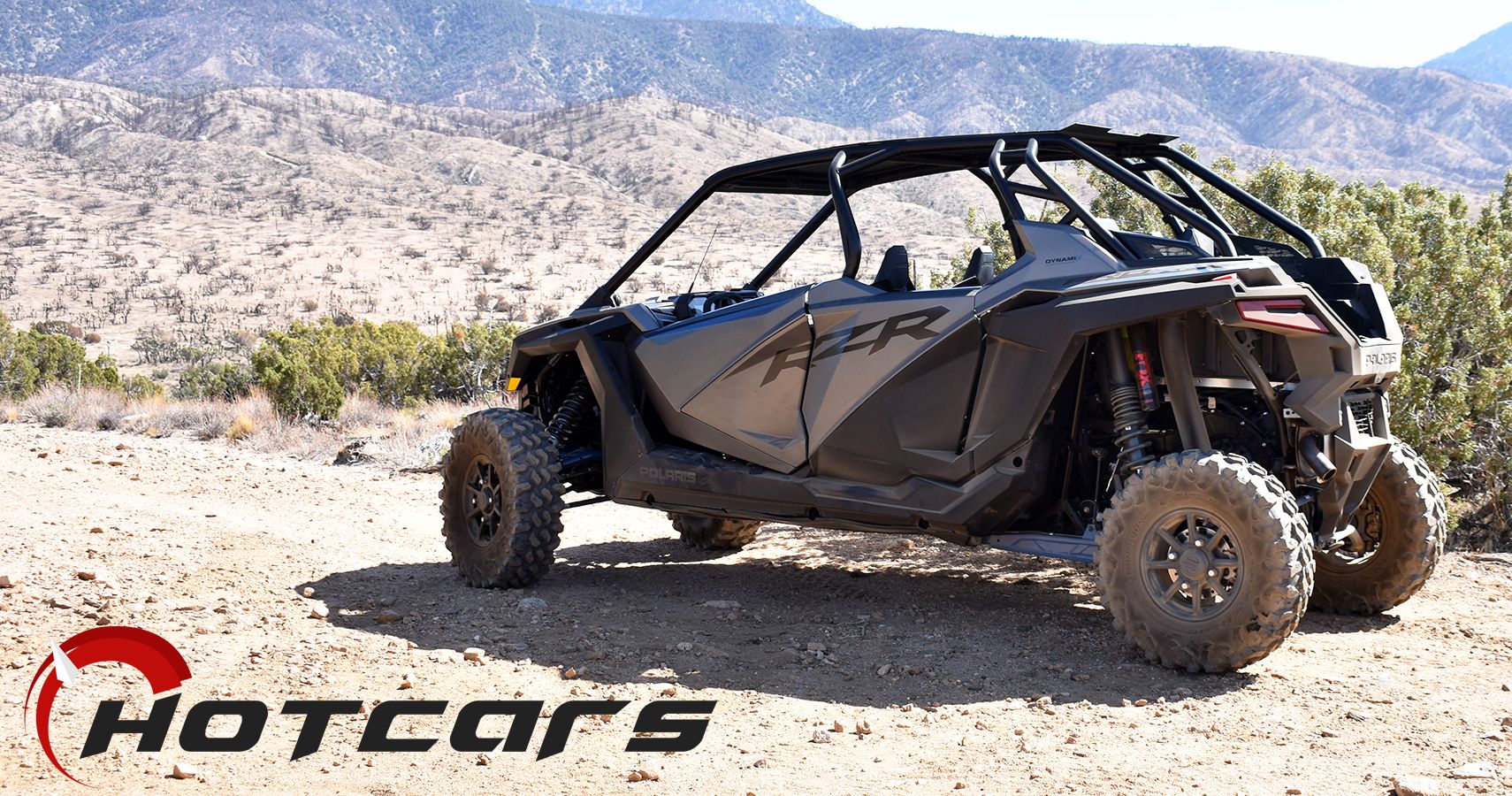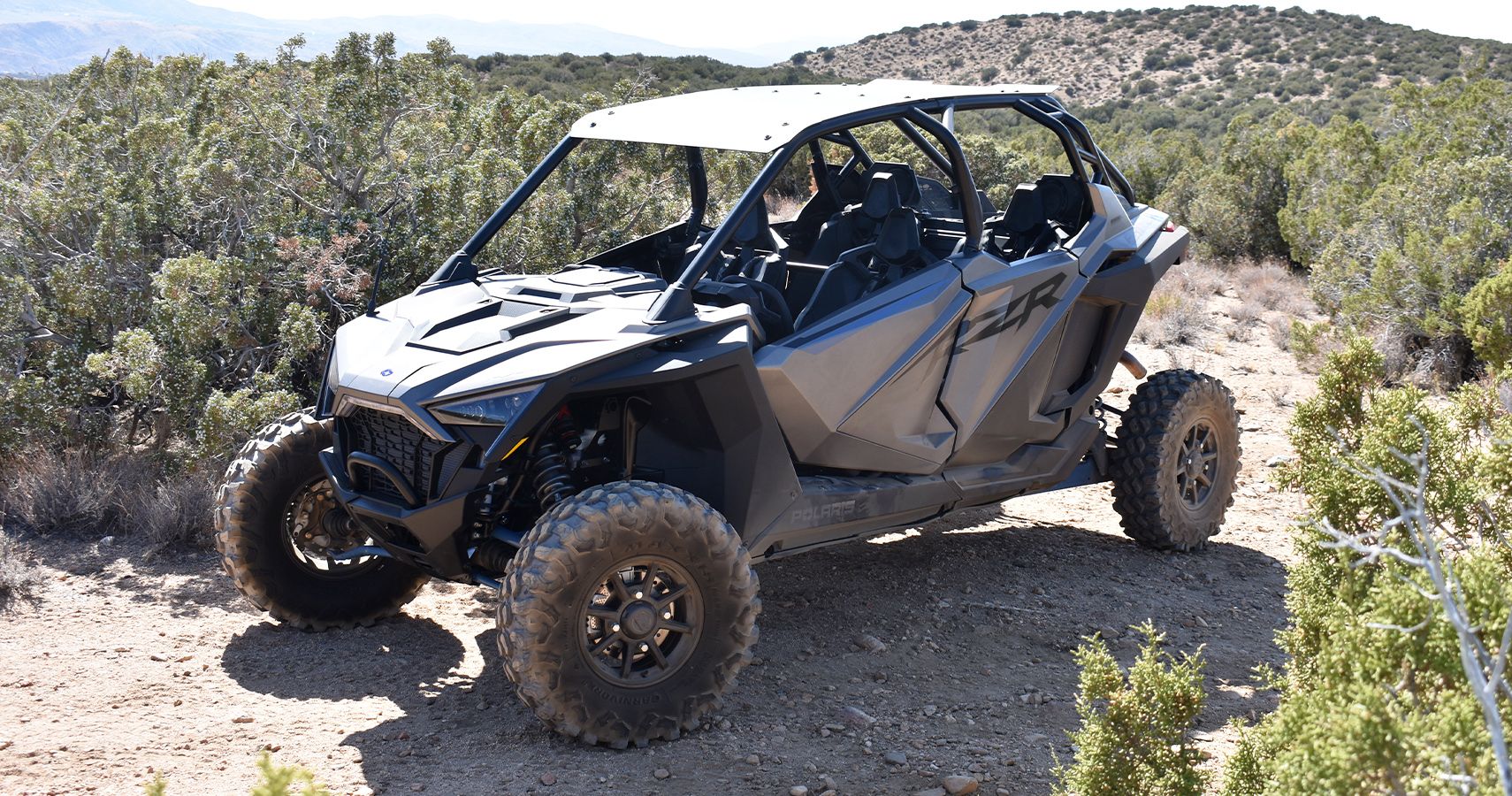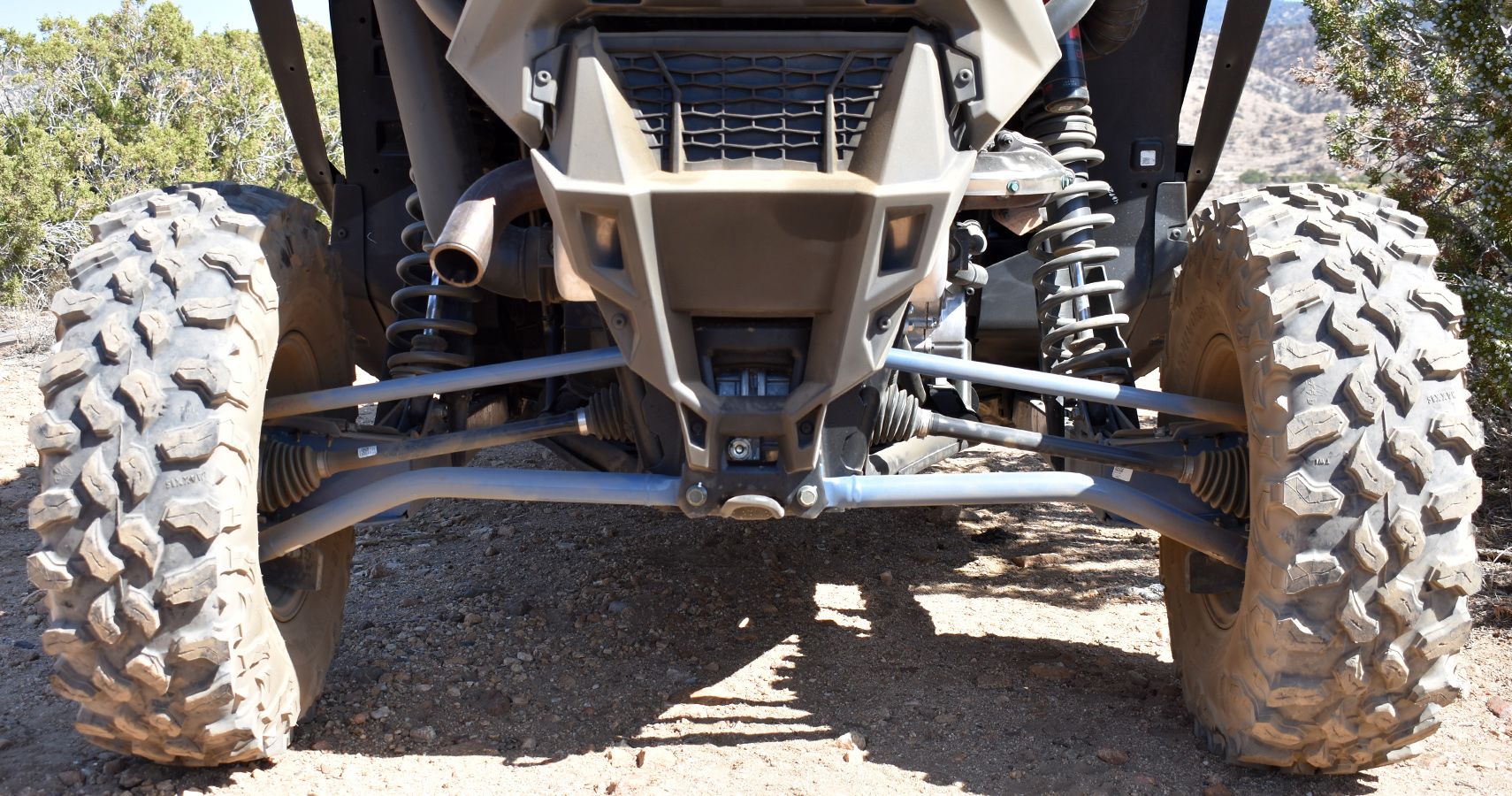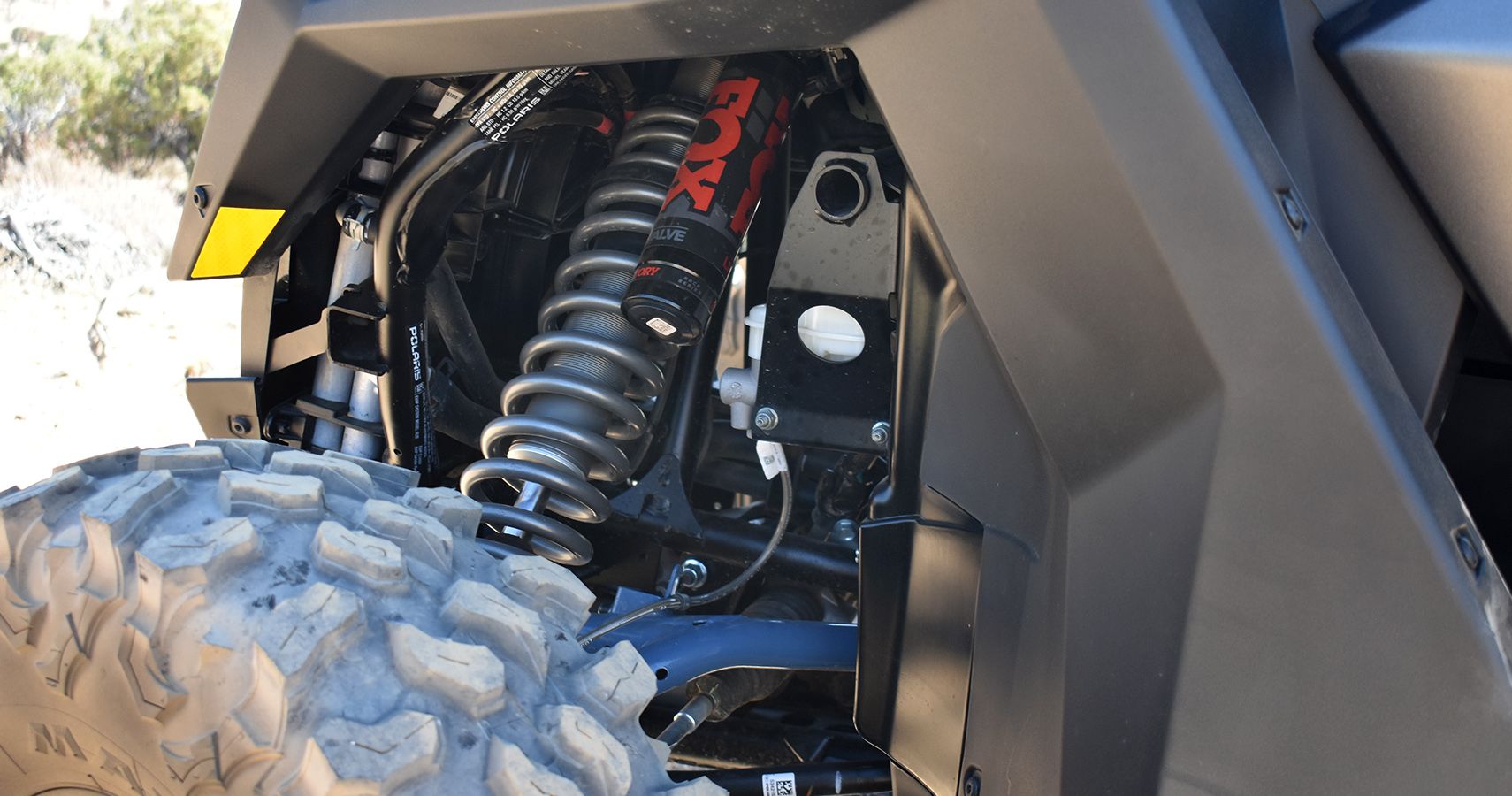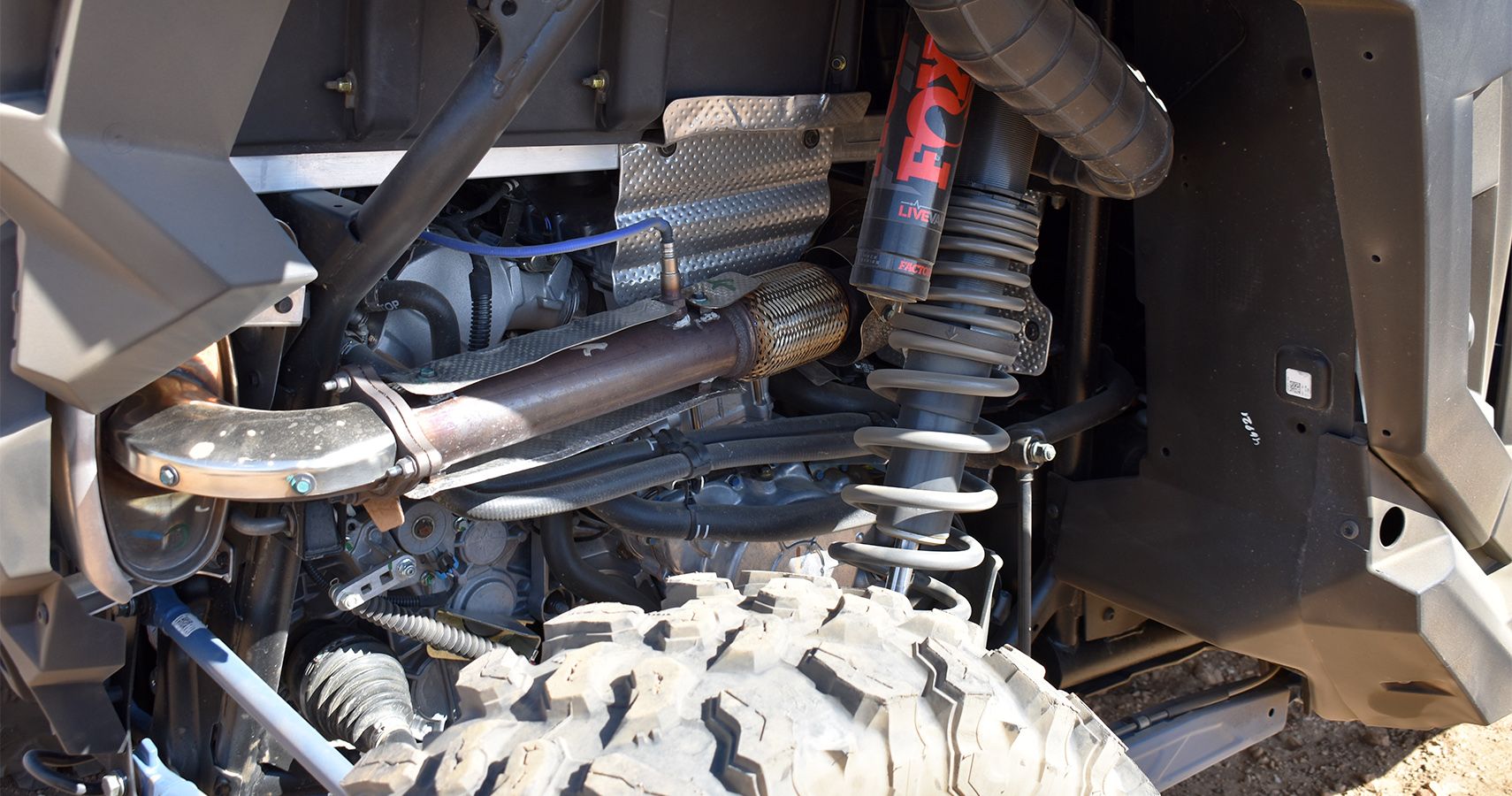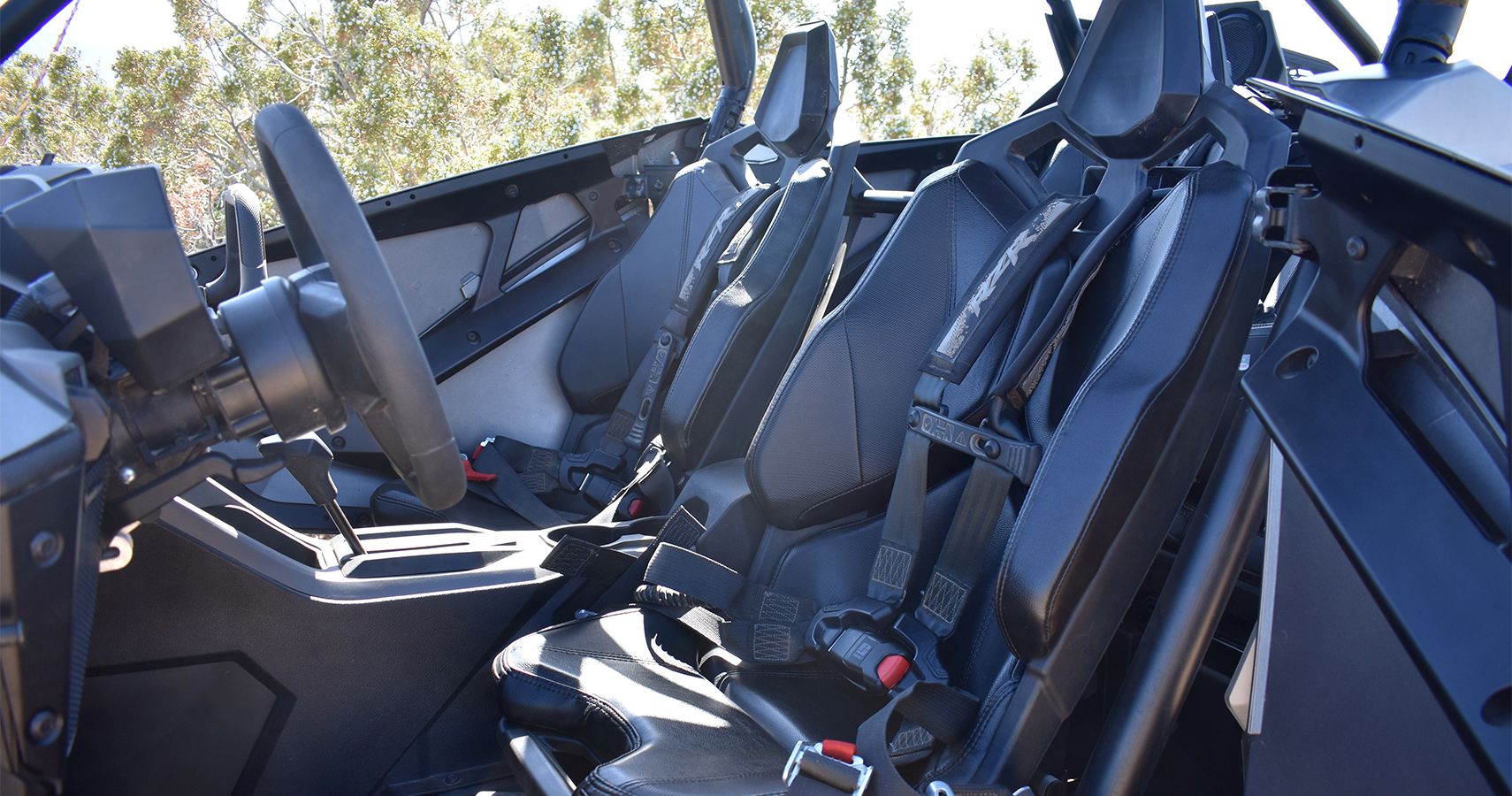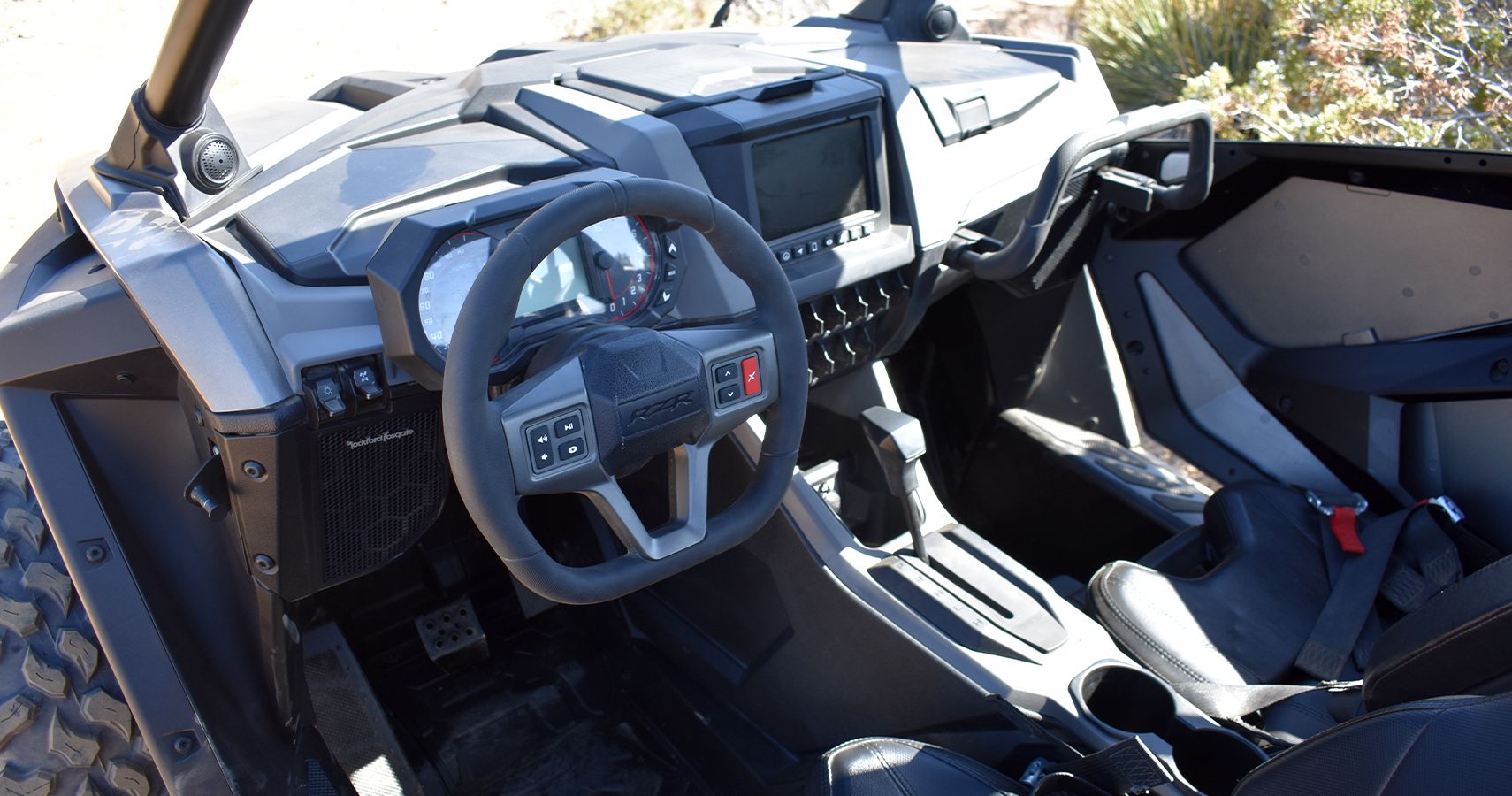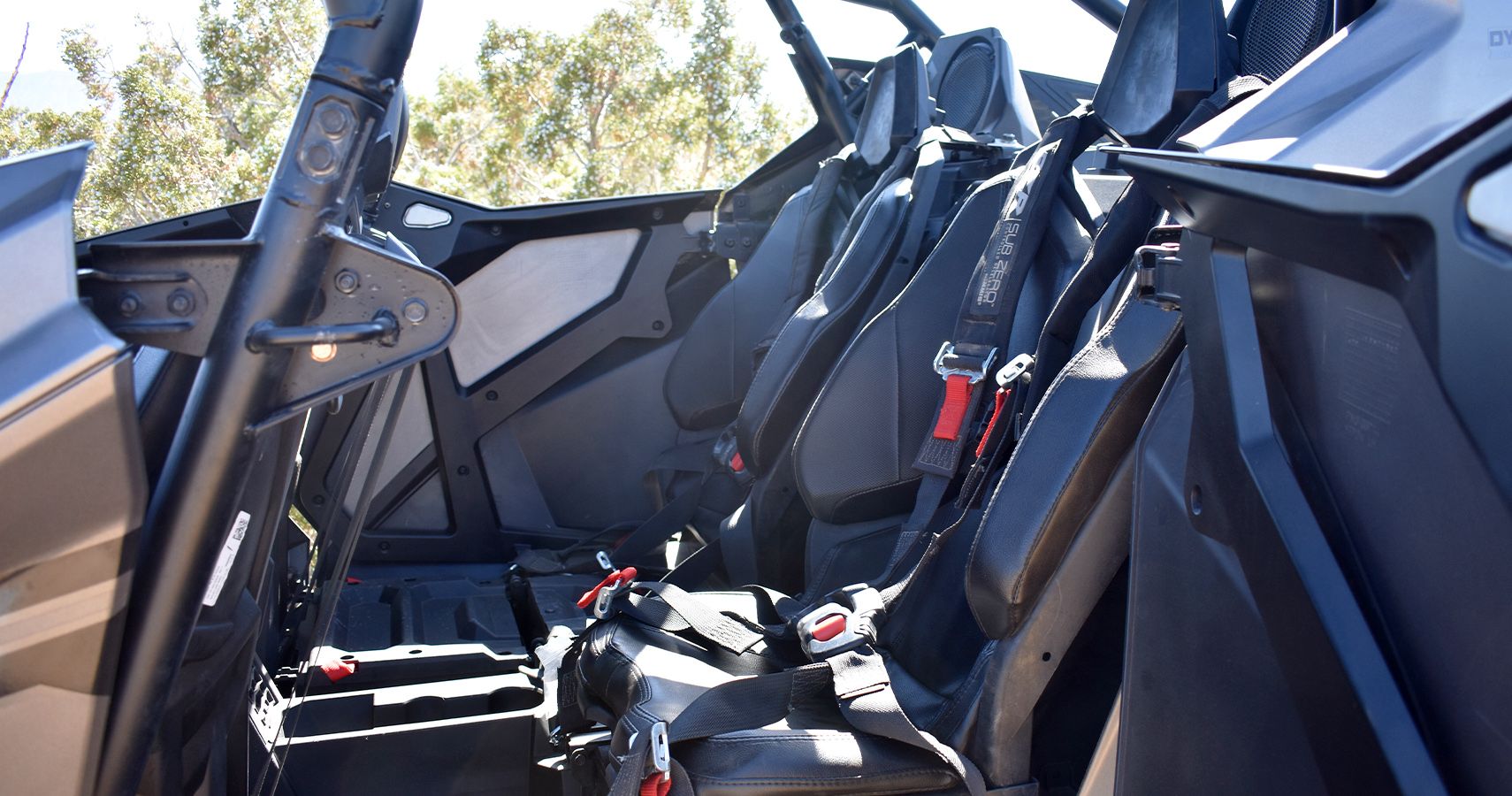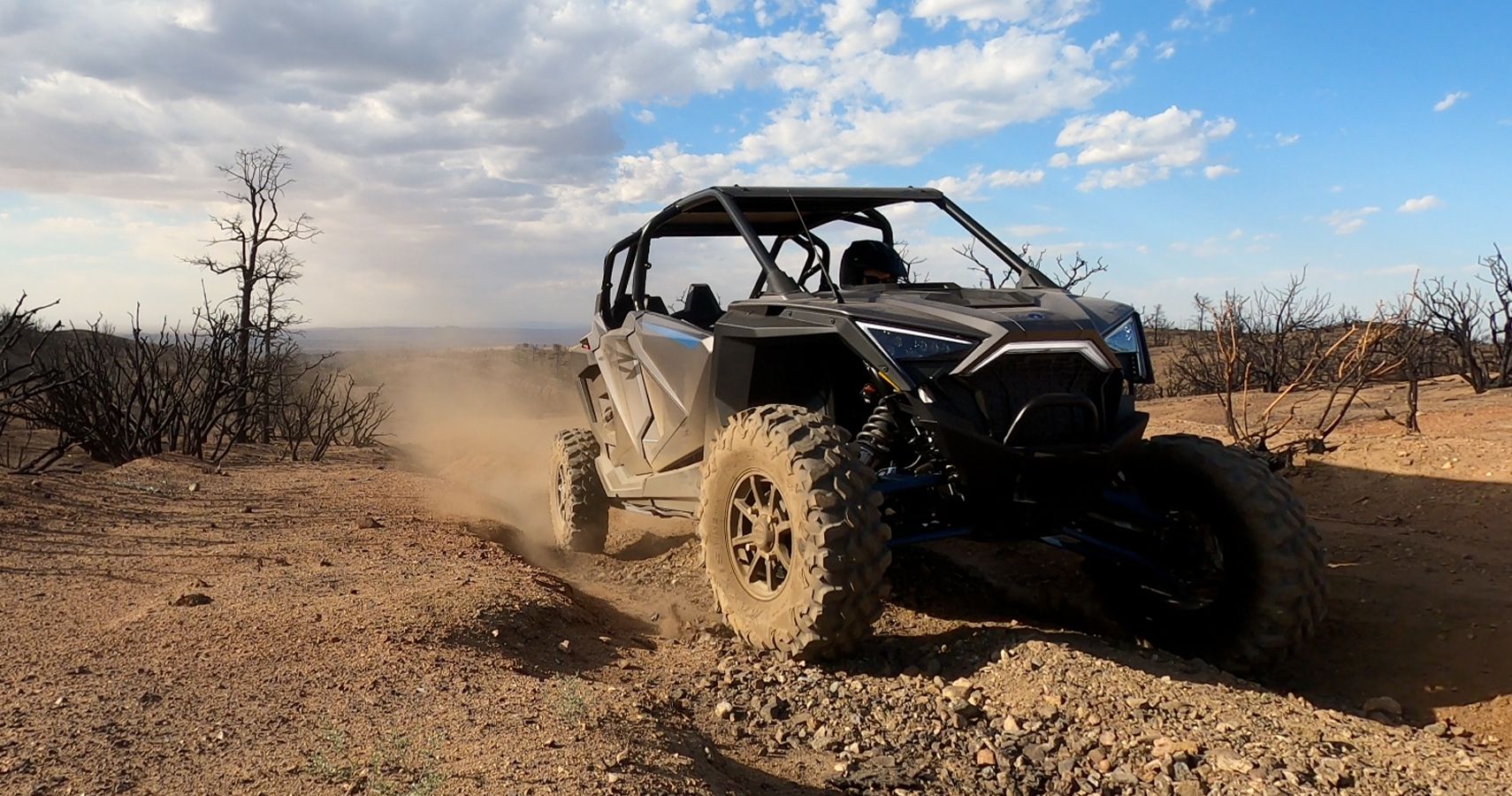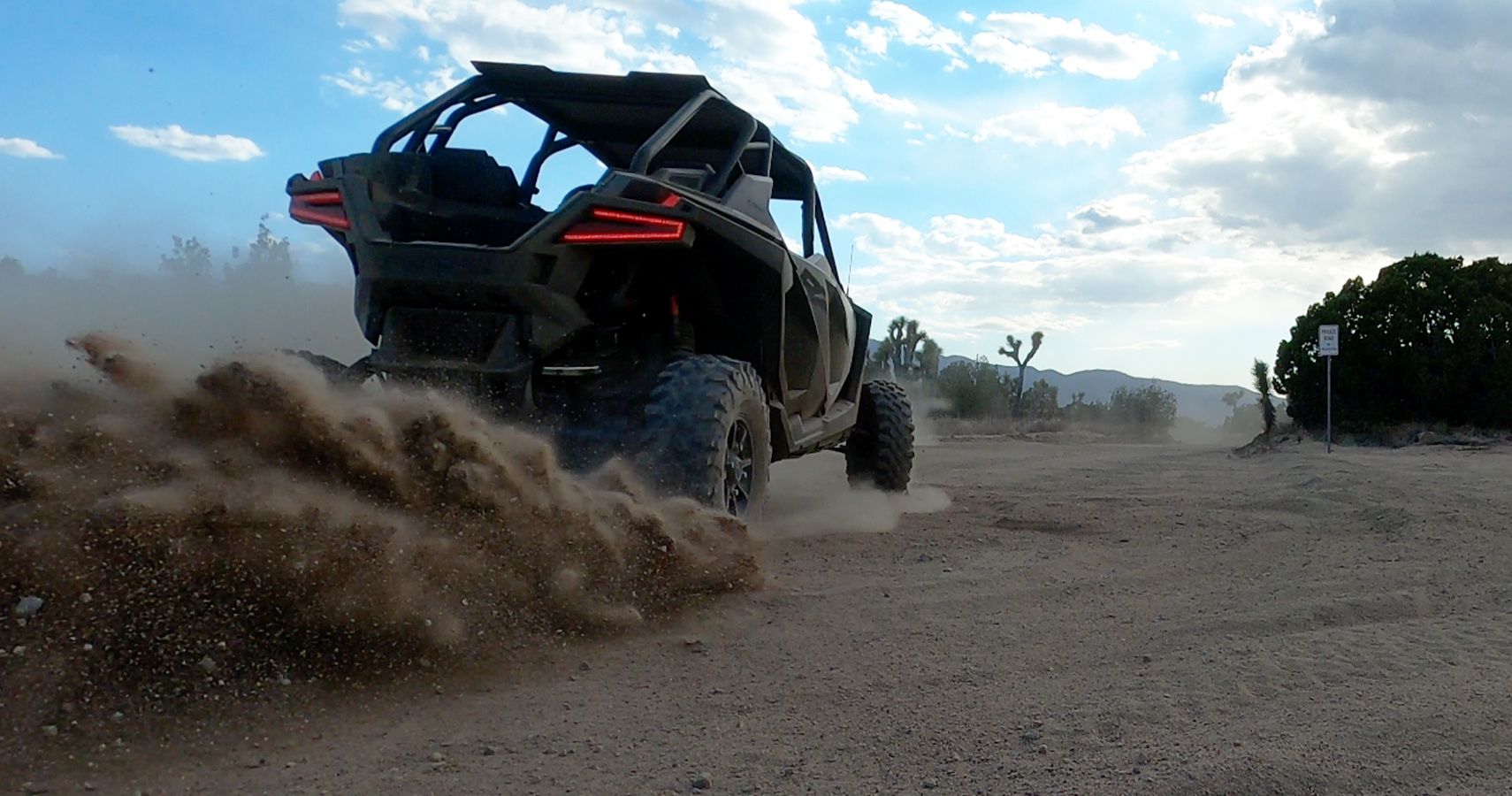No matter how fun drag racing videos seem on YouTube, the simple fact remains that today's sports cars simply put down too much power to offer the kinds of driving thrills I'm looking for on public roads. Other than quick blasts away from stoplights and when passing on the freeway, all that straight-line turbo power doesn't do the trick for me. Hence my somewhat dubious decision to buy a Porsche 914 project car that, despite my plans to mildly hotrod it, will end up with only about 135 horsepower.
Taking a 4x4 out to the desert, however, means being able to push the limits of the truck and my own driving skill with much less potential danger to other drivers, pedestrians, wildlife, or my own safety. In a few fun outings lately, my 1998 Mitsubishi Montero with probably less than 180 horsepower performed pretty much perfectly across the Mojave Road. I also previously drove a Jeep Gladiator Rubicon across the same route, which offered an interesting chance to explore the four-wheeling capabilities of arguably the most fully prepped factory pickup on the market today.
Since then, that Gladiator received a two-inch Mopar lift which completely reinvigorated its driving dynamics and then, much more impressively, my Montero made it through the much more difficult trip to visit the Barker Ranch near Death Valley, the remote hideout where authorities finally caught up to Charles Manson in 1969.
But upon my return from the Barker Ranch, I found myself presented with the chance to get behind the wheel of the ultimate desert toy from Polaris, a RZR Pro XP 4 Ultimate that I'll get to play with for four full months. That extended timeframe will give me the opportunity to share all the details, specs, and driving impressions about such a hardcore and well-known product—that most people I've talked to still don't know all that much about.
Introducing The Polaris RZR Pro XP 4
My previous experience with Polaris products included reviewing the 2021 model year Slingshot in both automatic and manual spec (the latter proving itself much more of a complete package than the former). But as eye-catching as that road-going three-wheeler's design looks, I found myself much more excited to learn about and drive the RZR, especially now that I've gotten some real off-roading experience under my belt.
Getting specific, the long alphanumeric name means that Polaris loaned me the four-seater RZR with all the goodies, including a bumping Rockford Fosgate sound system (though not the most powerful upgraded audio package), an infotainment touchscreen with backup camera, the more powerful turbocharged engine, and more. It stickers for $32,299 (at least, going by the agreed market value on my loan contract) and looks pretty mean in a matte metallic gunmetal gray.
An Immediate Challenge Taking Delivery
Hilariously, the shipper Polaris hired to deliver the RZR arrived with a semi truck—and no ramps to use for unloading. Luckily, I was able to pull a gooseneck trailer right up to the back of the semi's box, though there was still about a 15-inch height difference. As we all joked that I should just go full-send and jump the RZR straight from the deck to the dirt, I demurred. This was, after all, my first experience behind the wheel and I didn't want to damage the machine within the first ten seconds of receiving it. But the 15-inch sheer drop down to the trailer bed didn't even faze the RZR at all, which I took as an auspicious start to our time together.
An Aggressive Design Straight Out Of Halo
Out in the desert, the RZR almost looks like CGI. The aggressive and angular exterior, cartoonishly wide wheels and tires, ride height, and color all combine to provide the impression that this thing could have come straight out of the Halo video game series. That minimal roof mounted on a roll cage, the flat rocker panels at the bottom, and the stance with rubber sticking out fore and aft beyond the nose and tail all help to convey that this is one serious, purpose-built machine. Note that it doesn't even come with rearview mirrors—though apparently, if you add some additional equipment like a license plate, horn, and mirrors, you can drive this thing on the streets of Arizona legally.
Power And Specs Of The RZR Pro XP 4 Ultimate
This RZR Pro XP 4 Ultimate comes equipped with a turbocharged 925cc two-cylinder V-twin engine that sends 181 horsepower to the rear or all four wheels through a CVT transmission. Polaris also mounted the engine above and just ahead of the rear axles and the whole package only tips the scales officially at 2,066 pounds.
The CVT definitely feels like a weird choice, as the engine doesn't seem to put significant power down until well past 3,000 RPM. In fact, sort of like the automatic Slingshot, nothing really happens for the first inch or so of throttle pedal travel. Perhaps attributable to the belt-driven drivetrain of both vehicles—or maybe turbo lag on this one—this kind of behavior does make more sense on the brute RZR, which begs for full throttle at all times (and less so on the street-legal Slingshot that needs to remain somewhat tame in traffic). The tachometer spins up above 10,000 RPM—with no redline in sight on the gauge—though there's a good chance the CVT simply wouldn't allow the engine to reach higher than its maximum rev range.
Suspension System Highlights
As great as the RZR's power-to-weight ratio sounds, the most important tech specs involve the suspension design, which immediately emerges as the star of the show here. Polaris dub's the XP 4 Ultimate's setup the "DYNAMIX 2.0 Active Suspension System," which translates to 2.5-inch Fox Live Valve shocks with electronically controlled damping within proportionally massive, long-travel coilovers. The front employs high-clearance A-arms and a sway bar, while the rear includes high-clearance radius rods, trailing arms, and a sway bar, as well.
Altogether, the Dynamix package allows for borderline unbelievable 20 inches of usable travel and 17 inches of wheel travel at the front with 22 inches of usable travel and 20 inches of wheel travel at the rear (usable travel defined as the distance from the bottom of the tire at full droop to the bottom of the skid plate).
More On That Suspension, Though
Thanks to the flat-bottom chassis, this RZR also offers 14.5 inches of ground clearance, which becomes more important thanks to the stretched wheelbase of the four-seater variant, which officially measures at 125 inches (or a full 35 inches longer than the two-seater RZR XP 1000).
With all the suspension travel, the 30-inch Maxxis Carnivore II tires measuring 10 inches wide, and the lightweight cast aluminum 14-inch wheels, the breakover angle would only come into play during extreme rock crawling—and during my time with the RZR so far, I have yet to encounter any terrain that even requires four-wheel drive thanks to the suspension setup, knobby tires, and rear-mounted engine.
The Moderately Comfortable Spartan Interior
Four comfortable (if seriously aggressive looking) bucket seats adorned in six-point harnesses hold everyone in place within the RZR's Spartan interior. The harnesses themselves are semi-retractable at the top like seatbelts, though the bottom four adjustment points require serious patience to dial in comfortably (and forget about quickly).
There's no padding anywhere else—this is all function over form, with a thin roof bolted onto the roll cage seeming like it's more for shade than anything else. The door skins feel similarly insubstantial with exposed structural elements possibly suggesting that motorcycle pants and jackets might fit into the requisite gear list along with the highly recommended (and in my case, contractually obligated) helmets.
A Touchscreen Plus Grab Handles
In terms of technology and amenities, the RZR's ironies include grab bars for all three passengers to go along with a seven-inch touchscreen infotainment system, which supposedly works with gloves and boasts navigation, a backup camera (important due to the lack of rearview mirrors), Bluetooth and USB smartphone connectivity, and vehicle readouts including the suspension damping settings. The front passenger's grab bar can even adjust in and out, though the design to do so isn't particularly inspired.
The whole tactile package lines up similarly to the Slingshot, though the similar flat-bottom steering wheel does feel a bit more grippy, because both models need to remain somewhat waterproof. The display cluster also resembles the Slingshot's even if the tall shifter is a marked difference (and displays an unfortunate tendency to lock in place between gear selections on a regular basis, leading to bad noises from the transmission and frequent swearing).
Room For Friends And Gear
The fact that Polaris even builds a four-seater RZR seems somewhat akin to the decision to produce an automatic-equipped Slingshot—yes, the larger market segment might offer more sales opportunities but most enthusiasts looking to buy on a budget will probably opt for the two-seater RZR or the manual Slingshot. To be fair, Polaris did design the rear seat backs to be entirely removable, while the bottoms fold flat and offer tie-downs for gear, increasing the potential for rationalizing a four-seater RZR purchase as something of an overly boosted ranch cart.
Those tie-downs do increase the minimal storage available on the RZR, since the rear platform above the engine is relatively small and just deep enough to inspire overconfidence that will undoubtedly lead to plenty of stuff bouncing right out when not properly secured.
The Impressive RZR Driving Experience
Driving the RZR on graded dirt roads, in the sand, up steeper and rockier trails, and through deeply water-rutted segments proves just how much of a priority Polaris placed on the suspension system. The longer wheelbase and four-seater layout may actually accentuate the weight distribution to create the impression of tail-happy drifting even more than a side-by-side might (direct comparisons seem in order, if I can dare to dream), while the high-revving engine just begs for all-out throttle mashes and immediate fishtailing, with complete disregard for straight-line speed or any bumps along the way.
Overstating the suspension's performance still feels hard for me to do in writing or on film. I did the same set of rocky and rutted runs multiple times as a controlled experiment, switching between two-wheel drive and four-wheel drive each time—and going faster each time regardless of setting. I never got close to feeling out of control, no matter the obstacles, even if the four-wheel drive does provide noticeably more all-out speed and a tighter line. Two-wheeling, though, brings out that drifting mentality and, without a doubt, increases the fun factor. Compared to the Monteros, a stock Gladiator, or even the newly lifted Gladiator, there's also no doubt—the RZR in either two or four-wheel drive tears through terrain faster, smoother, and with infinitely less concern for damage, tipping, or rollovers.
Craving More Time With The RZR
Because the RZR cannot drive on city streets here in California, my four months will include much less actual driving it than I'd like. Still, in my limited seat time so far, I'm a huge fan. I do suspect that if I were to buy a RZR myself, a cheaper two-seater with fewer goodies, less power, and maybe even more suspension travel, like on the hardcore Trails and Rocks model, would probably fit my needs better.
In the future, I want to play with the adjustable coilovers, take the RZR to a designated off-highway vehicle area to test it in more wide-open spaces, and investigate further into details like the engine's redline and torque rating, the weight distribution contrast between models, and the all-out top speed. In the meantime, I'll keep daydreaming about just how fast a RZR could complete the entire Mojave Road—would an afternoon do it, or maybe one full day for the 150-mile route? Too bad the Mojave National Preserve only allows street-legal vehicles, though I wonder if that includes Arizona-licensed RZR models, too.
Sources: youtube.com, instagram.com, atvman.com, polaris.com, and nps.gov.

